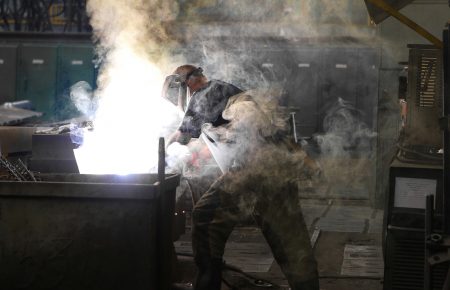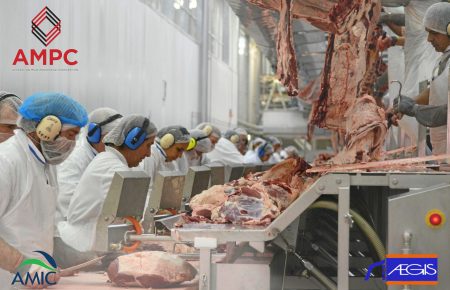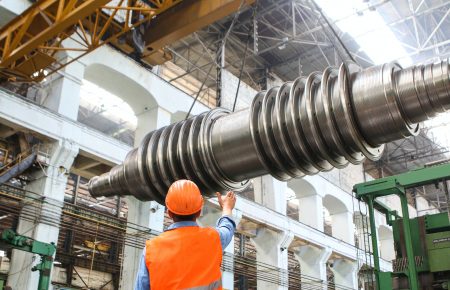By Simon Booth
Inconsistencies and Inadequacies in the NSW Workers’ Compensation Scheme.
“While there have been some external factors that affected the deteriorating performance of the Nominal Insurer, the primary driver for the decline is the implementation and operation of the new claims model implemented by icare.”
Janet Dore – Independent reviewer report on the Nominal Insurer of the NSW workers compensation scheme (2019)
In December 2019, a review of the NSW workers’ compensation scheme Nominal Insurer was released. Commissioned by the NSW State Insurance Regulatory Authority (SIRA), the report was prepared by independent reviewer Janet Dore.
The review looked into changes made in 2018 by icare, which manages NI, who set up a new claims model, reducing the number of agents from five to one — EML.
In short, the review found that this new claims model led to a “significant deterioration in the performance of NI, through poorer return to work rates, underwriting losses, no competition and therefore concentration of risk.”
For those of us in the industry, the independent review into the Nominal Insurer brought no surprises, merely articulating in a public forum the issues and concerns we had been discussing pre- and post- the inception of the significant changes implemented by icare.
Everything from taking premium ‘in house’ to the appointment of EML as the sole agent was identified prior to inception as having the potential to cause major disruption to the scheme.
The result has been to frustrate and marginalise employers who are left with no option but to pay ever-increasing premiums in order to fund a broken scheme.
Return to work rates
If we look at the period since the inception of icare’s new model, we can see that this model is not working for the employers who have no choice but to fund a scheme whose performance continues to decline.
Since the changes implemented by icare took effect on 1 January 2018, return to work rates have deteriorated by 21% at four weeks, 15% at 13 weeks and 12% at 26 weeks.
Deterioration in these measures directly correlates to increases in employer premiums.
In contrast, the return to work rates achieved by the five Agents prior to the changes by icare, were significantly and consistently higher.
In the aftermath of the review, the CEO & Managing Director of icare, John Nagle, has suggested that the poor performance is due mainly to factors outside of their control, such as external economic factors and regulatory changes.
Interestingly, the Treasury Managed Fund (TMF) portfolio — also managed by icare — which one would expect to be subject to the same external factors, has significantly outperformed the Nominal Insurer over the past two years.
According to SIRA’s data, both the Nominal Insurer and the Government Self-Insurers (TMF) were on par with performance in December 2017. Though the TMF has deteriorated somewhat since January 2018, this deterioration has been nowhere near the level experienced by the Nominal Insurer, only deteriorating by 9% at 4 weeks, 4.5% at 13 weeks and 3% at 26 weeks.
Indeed, the latest data available from SIRA’s analytics tool shows the TMF performing 20% better at four weeks, 14% better at 13 weeks and 10% better at 26 weeks than the Nominal Insurer.
By comparison, during the period referenced above:
- The Nominal Insurer drastically changed their claims management model and reduced from five Agents to one
- The TMF made no changes to their claims management model and actually increased from three Agents to four
Response from icare
icare has since announced the introduction of the Authorised Provider (AP) model with Allianz, GIO and QBE re-entering the scheme.
However, all three will have to deliver claims in line with icare’s claims service model, the same model that, according to Ms Dore’s review, has “led to significant deterioration in the performance of the Nominal Insurer”.
This AP model has larger NSW employers excited over the prospect of transferring away from EML, who they currently hold accountable for all the ills of the scheme.
However, the sceptic in me can’t help but feel that NSW employers have been given nothing more than the illusion of choice, the ability to move to another Agent to manage their claims under the same mode as EML, a model that two years on has failed to perform.
The illusion of choice it may be, nevertheless it has done what it was potentially intended to do: take the focus of large employers away from the exploration of self-insurance.
Who does icare value?
Mr Nagel has admitted that the system has failed to value employers, who from my interactions have felt that they have been relegated to the role of funding the scheme, without any input into its management.
“Our focus has always been to balance the needs of employers and injured workers to create fairer system. While we have clearly delivered in the needs for the injured worker, we need to balance the employer value and engagement.”
– Statement from icare CEO and Managing Director John Nagle on the release of the review into NSW Workers Compensation Nominal Insurer
At the Insurance & Care Forum put on by icare in Newcastle in November 2019 — just before the independent review came out — the message from the icare representatives in attendance was aligned with Mr Nagle’s reflection: they were focused on getting employers (and other stakeholders) on board.
With the independent review due to drop at any time, those representing icare were admirably upbeat and positive, presenting a consistent, confident message that the model worked, things would get better, indeed things had already started to improve.
They spoke of what they had already achieved, changes that were occurring and the positives yet to come. It was difficult to not get caught up in their enthusiasm.
As I have said before, the NSW scheme has a lot of amazing people working in it, and to their credit those at icare appear to genuinely believe that what they have created is the answer, the means of making all stakeholders happy.
But whenever I hear conversations that start to move Workers’ Compensation away from insurance and towards a Utopian scheme where everyone has a positive experience, I become worried.
And in our current situation, if the model underlying everything is flawed, preferring algorithms and automation over human interaction and identification of individual barriers and needs, then superficial changes around its periphery will have no impact on overall performance or satisfaction for employers.
“The new system is highly dependent on an algorithm which determines claim severity and therefore treatment. Such an automated process will miss the subtleties of individual circumstances for which case management skills are needed.”
Janet Dore – Independent reviewer report on the Nominal Insurer of the NSW workers compensation scheme (2019)
So while I remain here, firmly entrenched in Camp Scepticism, I truly hope that the current and proposed changes highlighted by icare have a positive effect.
For if these changes do not provide the prophesised improvement in return to work rates, then employers in NSW — my clients — will continue to experience emotional and financial frustration.
“Every utopia…faces the same problem: What do you do with the people who don’t fit in?”
– Margaret Atwood

























































